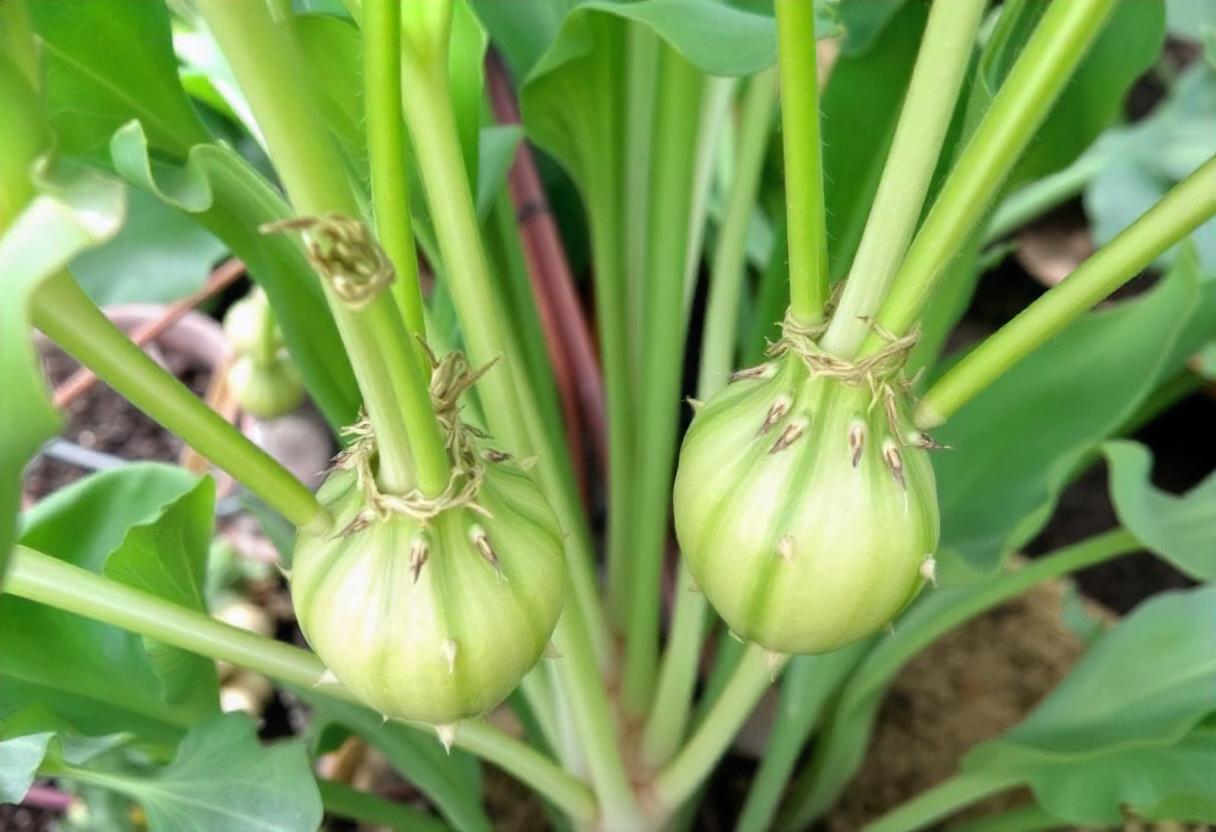
Seed saving is a traditional practice that involves collecting seeds from mature plants for future planting. This practice is crucial for maintaining genetic diversity, preserving plant varieties, and ensuring food security. Heirloom crops, which are traditional varieties passed down through generations, play a significant role in this process. These crops are known for their unique flavors, resilience, and adaptability to local growing conditions.
Importance of Seed Saving
Seed saving helps maintain the genetic diversity of crops, which is essential for adapting to changing environmental conditions and combating pests and diseases. By saving seeds from plants that thrive in local conditions, farmers and gardeners can develop varieties that are better suited to their specific environment. This practice also reduces dependency on commercial seed suppliers, offering a sustainable alternative for those looking to cultivate their own food.
Characteristics of Heirloom Crops
Heirloom crops are typically open-pollinated varieties that have been passed down through generations. These crops are valued for their rich flavors, unique textures, and historical significance. Unlike hybrid varieties, heirlooms produce seeds that grow true to type, meaning the plants grown from these seeds will exhibit the same characteristics as the parent plant. This stability makes them a favorite among gardeners and farmers who seek to preserve traditional plant varieties.
Techniques for Saving Seeds
To save seeds effectively, start by selecting plants that are healthy, vigorous, and free of disease. Allow the plants to mature fully before harvesting the seeds. Different types of seeds require different methods of extraction and drying. For example, beans and peas can be harvested when the pods are dry and brittle, while tomato seeds need to be fermented to remove the gel-like coating. Properly dry the seeds and store them in a cool, dry place to ensure their longevity.
Benefits of Heirloom Crops
Heirloom crops offer numerous benefits, including biodiversity, superior taste, and adaptability. These varieties are often more resilient to local pests and diseases due to their long history of cultivation in specific regions. Additionally, heirlooms often have unique flavors and textures that are not found in commercially available varieties. Growing heirloom crops can also foster a deeper connection to agricultural heritage and promote sustainable farming practices.
Challenges of Seed Saving and Heirloom Crops
While seed saving and growing heirloom crops have many advantages, there are challenges to consider. Seed saving requires knowledge and careful management to avoid cross-pollination and maintain seed purity. Heirloom crops may also be more susceptible to modern pests and diseases, which can impact yields. Additionally, the time and effort required for seed saving can be considerable, and not all heirloom varieties may be suited to every growing environment.
Seed saving and heirloom crops represent a valuable aspect of agricultural tradition and sustainability. By preserving and cultivating these traditional plant varieties, individuals and communities can contribute to food security, biodiversity, and a richer agricultural heritage.